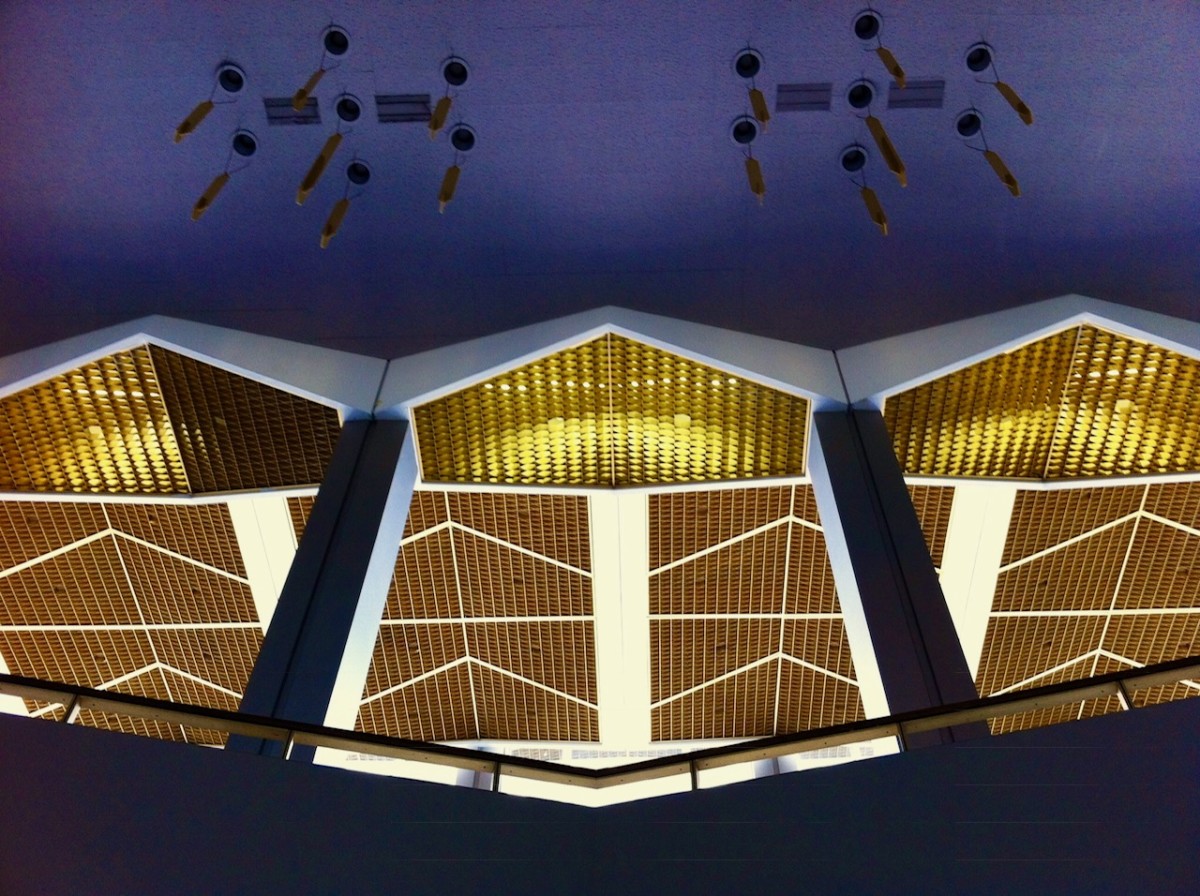Play all audios:
By Guest Columnist KLAUS VAN DEN BERG, _a consultant with CITYperformance_ The Atlanta Civic Center, a mega-venue that sports a 4,600-seat auditorium and a separate exhibition hall on a
19-acre site in the Old Fourth Ward, was sold to the Atlanta Housing Authority in late 2017. Former Mayor Kasim Reed, who had already sold significant land parcels to developers, closed the
Civic Center deal without requiring the development of a new vision for the site that does justice to its historic significance. The sale itself proceeded mostly outside of public view after
the collapse of a deal with a private developer. Before the Civic Center is written out of the city’s history, there needs to be a robust public discussion about the site’s future. The
question is whether a historically significant public space that includes a major, if mostly unused, arts venue and a thriving non-profit organization, Southface, should be sacrificed for
yet another mixed-use development. Atlanta’s Civic Center emerged from former Mayor Ivan Allen Jr.’s vision of an event space for traveling companies such as New York’s Metropolitan Opera
tour that would be more welcoming to African-American citizens than the existing Fox Theatre, on Peachtree Street. The Atlanta Symphony and Atlanta Opera performed here before they moved
north. Among other uses, the building long filled the important civic function of celebrating Atlanta high school graduations. Abandoning a site with deep symbolic significance and cultural
ambition is a dubious move. Civic and cultural institutions are the fabric of our society; they render visible community pride and identity and should have a central place in any downtown.
In fact, the site provides a historic opportunity to right some of the wrongs of past urban renewal and give Atlanta a true civic center. What happens at this strategic location at Piedmont
and McGill could reshape Atlanta’s topography and weave existing urban areas together. Situated between a historically working class African American neighborhood that was partially
transformed through a 1960s-style urban renewal project and the surrounding neighborhoods where gentrification is proceeding apace today, the site could become a cultural destination and the
hub of a modern transportation concept for the city of Atlanta. A core light rail system and re-designed streets radiating from the renewed Civic Center site could connect Midtown and
Downtown districts to our premier educational and medical institutions and the immediately adjacent neighborhoods between downtown, midtown, Centennial Olympic Park, and Ponce City Market.
There are numerous reasons to maintain the idea, if not the edifice, of the Civic Center, at a site that can become the centerpiece of an exemplary experiential urbanism. First, with the
downtown area on the verge of a revival, the city as a whole would benefit from restoring a major performing arts venue in an underdeveloped area. Since the 1960’s, as Atlanta suburbanized,
cultural institutions migrated ever farther from downtown, first to Midtown (Woodruff Arts Center), then to suburbs (Cobb Energy Center), and exurbs (Infinite Energy Center in Duluth).
Supporting a revitalized downtown with arts-centered development will provide an opportunity for differentiated housing options, commercial development, and the arts. Second, it is essential
for contemporary, global cities to counter the on-going privatization of public space. At the Civic Center site, large public spaces for diverse urban activities, including the arts,
threaten to disappear along with a key opportunity to build well-designed and affordable housing for 21st century Atlanta. Third, civic centers embody a long-term commitment to substantial
growth and cosmopolitan development. Often, they are ensembles of buildings that stand both physically and politically at the center of a community and function as urban connectors and
mediators. They provide coherence, visual focus, and a sense of community, and reflect a tradition of shared responsibility. They integrate neighborhoods and public life, and they balance
the fragmented and disconnected urban fabric produced by privatized development. Finally, a re-imagined Civic Center site has economic value that will benefit everyone. The city seems to
have viewed the building in isolation as problem property that could not pay for itself. Creating a true civic center demands quite different calculations of economic value. Not only will
performing arts venues and gathering places create the cultural capital and invaluable reputation that attracts future employers. The site also will help develop adjacent properties, connect
neighborhoods, build density for transportation, and facilitate educational infrastructure — all of which create short, medium, and long term value for the city. In 1967, Atlanta built a
civic center in name only. In 2018, the city has the chance to create a real civic center for the 21st century. Multiple stakeholders–the housing authority, Invest Atlanta, local
universities, arts and non-profit organizations in consort with local and national foundations—should find the courage to innovate and pursue a joint venture to create a dynamic urban center
downtown. Atlanta’s economic, democratic, and cultural future demands nothing less. _Note to readers: A full proposal can be found at cityperformance, which promotes the use of
public/private partnerships to support the development of cultural and public spaces._ _RELATED POSTS_

